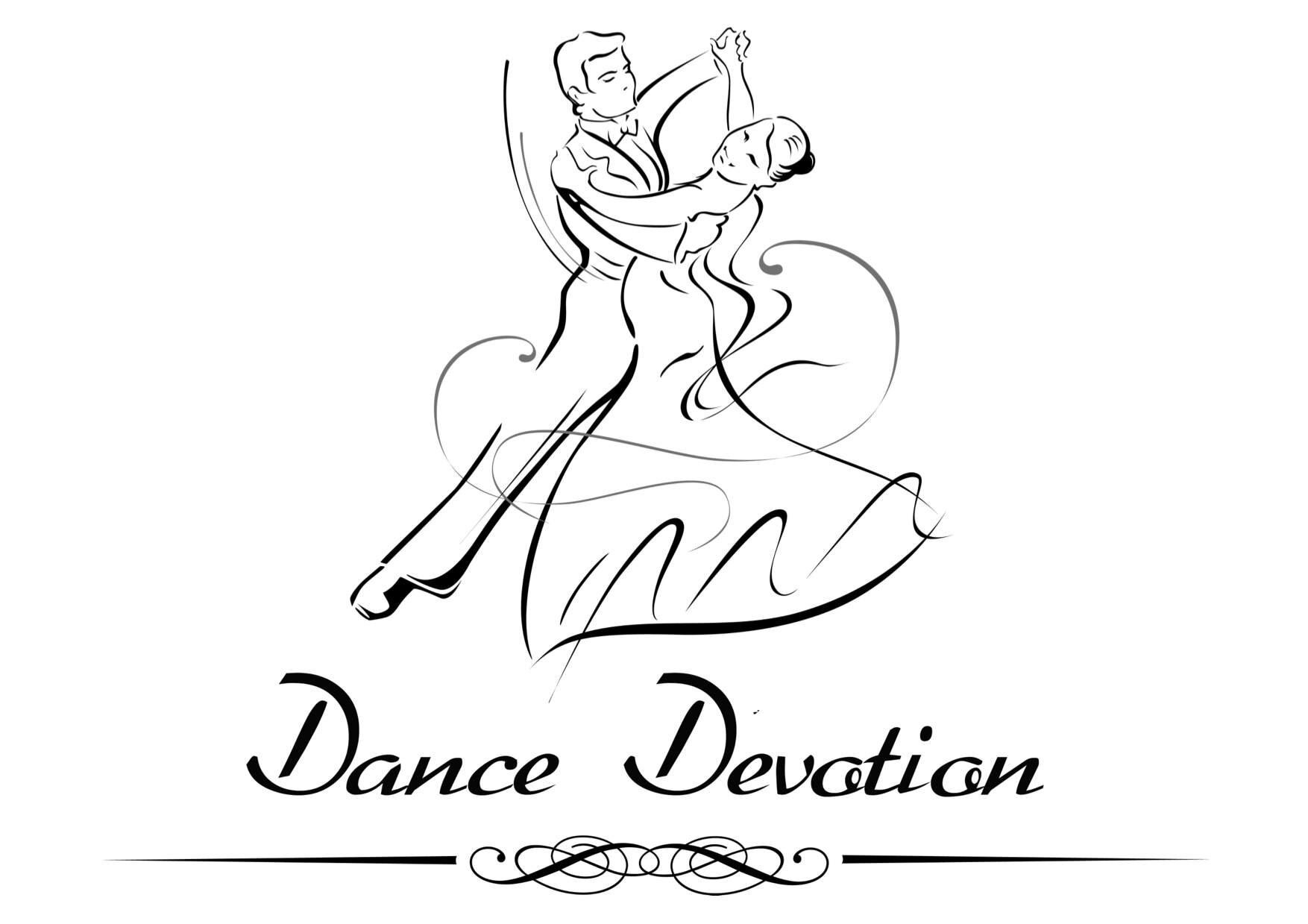I hear a ballroom song and want to dance, but how do I know what dance works to the music?
It is a question that we often get asked – “I’m at an event, the music is playing and I want to dance - but how do I know which one is right for the music that is playing?” There are a variety of answers to this and everyone will have their own way of working out which dance style is right for the music that is playing. As dancers get more experienced it becomes instinctive to know what dance is right for the music, but it is easy to forget that no-one was born knowing this stuff. Personally I favor a process of elimination and have set out below the way I show people how to work out which dance is right for the music. For the purpose of this article we will assume that we are intending to dance a ballroom dance, not a latin dance (Latin music will be covered in a separate article)
The rhythm signature (the beat)
Firstly, listen to the music and try to count the beats in the song. Forget the melody, lyrics and fancy musical twiddles for now, it’s the regular beats you are looking for. The beats are usually played by the drums or double base and form the heartbeat of the music. If you can’t hear the beat, close your eyes and relax, let your foot tap to the music - those taps are the beats you are looking for. In simple terms you should find that the beats are in groups of either three or four, this helps eliminate dances which require a different time signature.
Speed and feel
If the music is in threes (counting 1-2-3, 1-2-3) then we have a choice of two dances – the Viennese Waltz or Slow Waltz. The next question you need to ask yourself is does the music feel fast or slow? If the music feels slow it is a Slow Waltz, if it feels fast it is a Viennese Waltz.
If you found yourself counting in fours (1-2-3-4, 1-2-3-4) then you have a choice of either Social Foxtrot, Slow Foxtrot, Quickstep or Tango.
The first dance to eliminate is the Tango. Tango has a very different feel to the other dances, if it feels like a Tango then it is one!
If it isn’t a Tango it leaves us a choice of either Quickstep, Social Foxtrot or Slow Foxtrot. We then ask ourselves, does it feel slow and smooth or quick and full of energy?
If it feels slow and smooth, and you could imagine yourself swaying along to it - it will be a Foxtrot.
If it feels lively, fast and full of energy it will be a Quickstep.
If the music doesn’t quite fit into either the Quickstep or Slow Foxtrot categories, it will be a Social Foxtrot. The Social Foxtrot can be danced from a slow pace upto a Quickstep speed, so if you are in doubt, this is a safe option.

